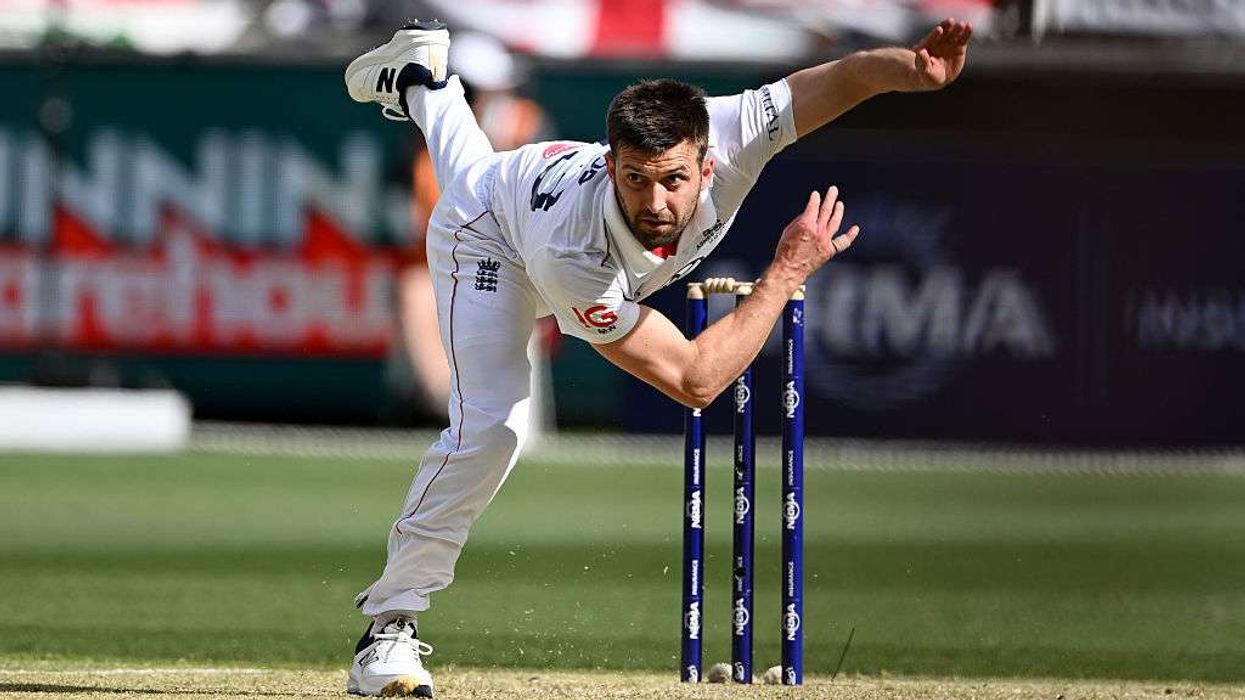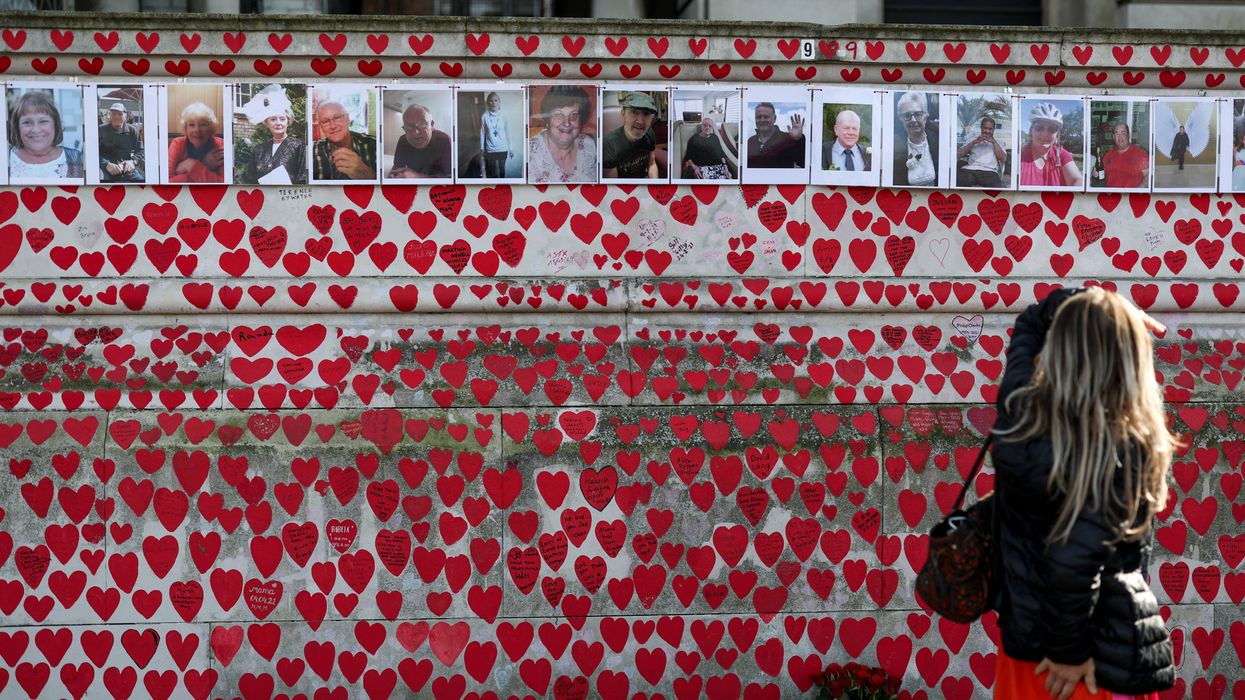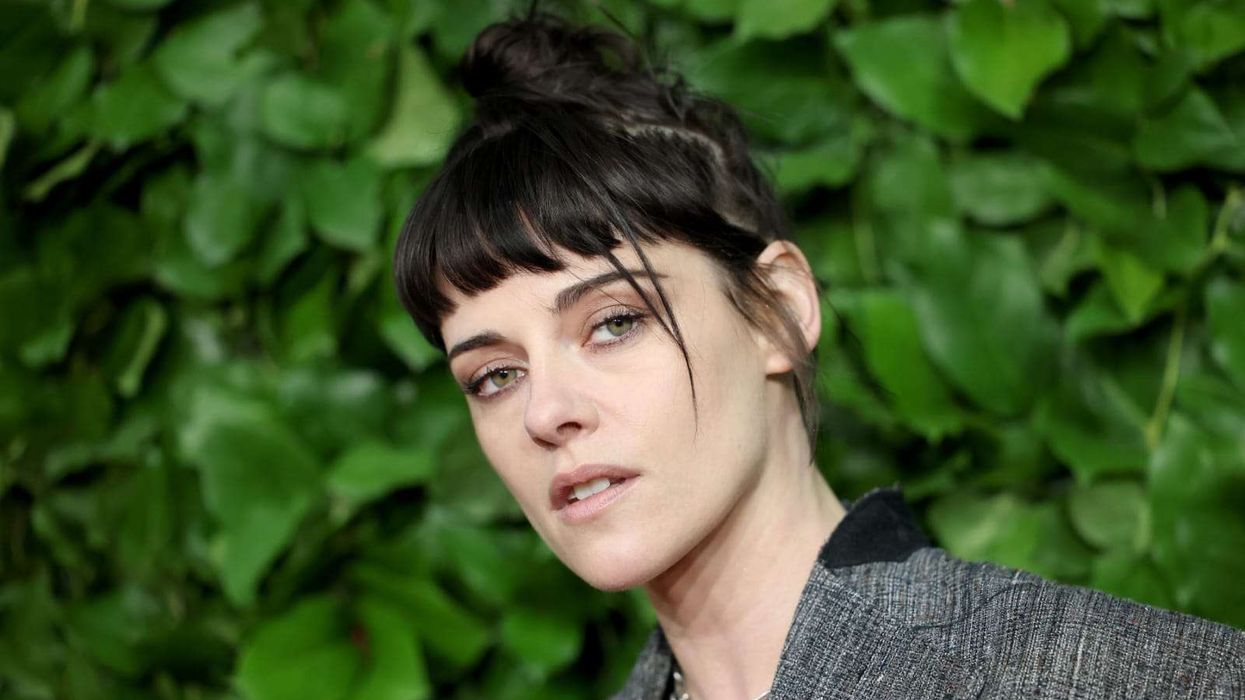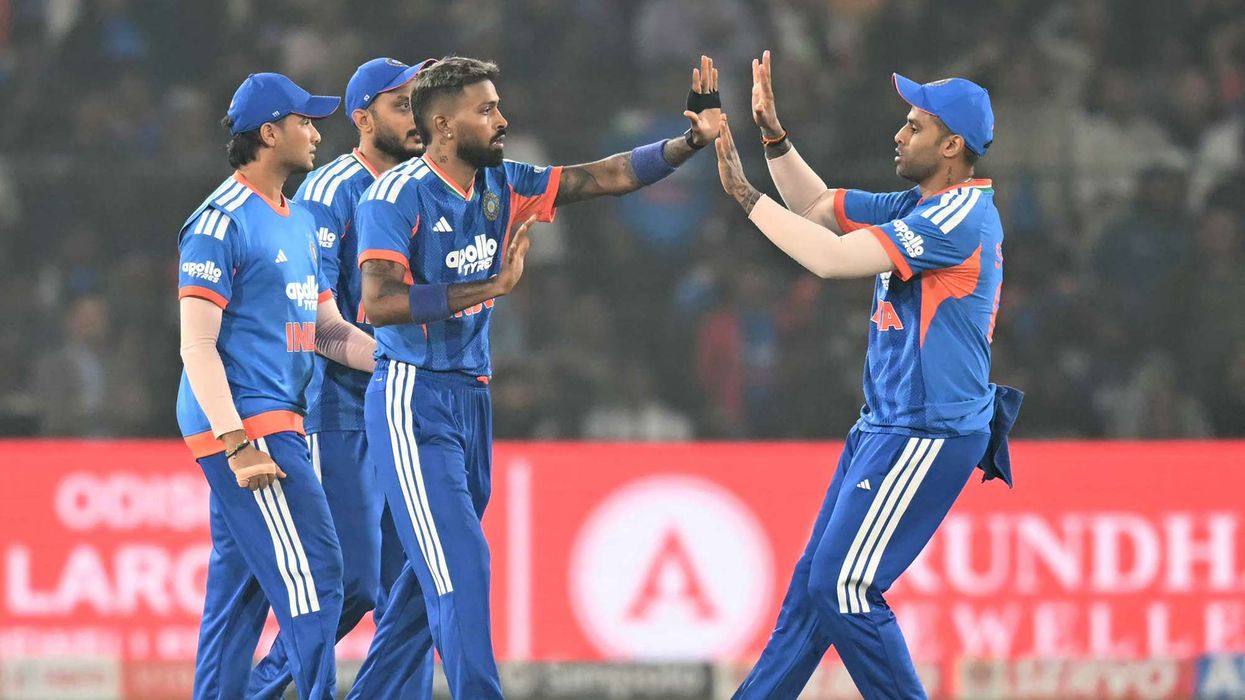Taking the series 3-2 in Hambantota, the 11th-ranked Zimbabwe registered their maiden series win in Sri Lanka and first overseas triumph in eight years.
Off-spinner Raza claimed three wickets to restrict the hosts to 203-8 after Zimbabwe elected to field first. He then anchored a tense chase with an unbeaten 27 as the visitors won with 71 balls to spare.
Zimbabwe opener Hamilton Masakadza top-scored with a fluent 73 before rookie off-spinner Akila Dananjaya struck back with four wickets to rattle the Zimbabwe middle-order.
The visitors slipped from 137-1 to 175-7 -- losing six wickets for 38 runs -- but Raza and skipper Graeme Cremer (11 not out) hung on for an unbeaten 29-run stand as the perennial underdogs erupted in celebrations.
"Happy that Sikandar came to the party. It turned around very quickly but happy we pulled it off in the end," an elated Cremer said following their win.
"This win is very special, fans must be jumping around back home. We knew we're playing good enough cricket to put them under pressure."
Earlier the Pakistan-born Raza, who opened the bowling for the visiting side, returned with impressive figures of 3-21 at the Mahinda Rajapaksa International Stadium.
Raza, named man of the match, was complemented by Cremer, who took two wickets with his wily leg-spin, most notably the prized scalp of his opposite number Angelo Mathews (24).
"Raza is a definite weapon with the new ball. I was hoping for a breakthrough or two and he gave us that in the powerplay," Cremer said.
Sri Lanka suffered from a lack of partnerships but opener Danushka Gunathilaka (52) and Asela Gunaratne (59 not out) hit gritty half-centuries to steady the home side.
The hosts slipped to 153-8 in the 42nd over before Gunaratne and Dushmantha Chameera (18 not out) put on an unbeaten 50-run stand for the ninth wicket.
Paceman Tendai Chatara drew first blood after getting opener Niroshan Dickwella -- who came into the match with two successive centuries -- caught behind for three.
The wicket also pulled the brakes on Sri Lanka's rampaging opening starts in the previous one-day internationals against the visiting African side.
Dickwella and Gunathilaka made ODI history in delivering back-to-back double century partnerships in the previous two contests against Zimbabwe.
Mathews said even though the conditions were "tough" for batting, their final run tally was far below what was expected.
"Credit to Zimbabwe, they gave us a really tough time and we didn't have any answers," said a disappointed Mathews.
The defeat was Sri Lanka's worst bilateral ODI series in recent times. The eighth-ranked side face India for a full series later this month.











